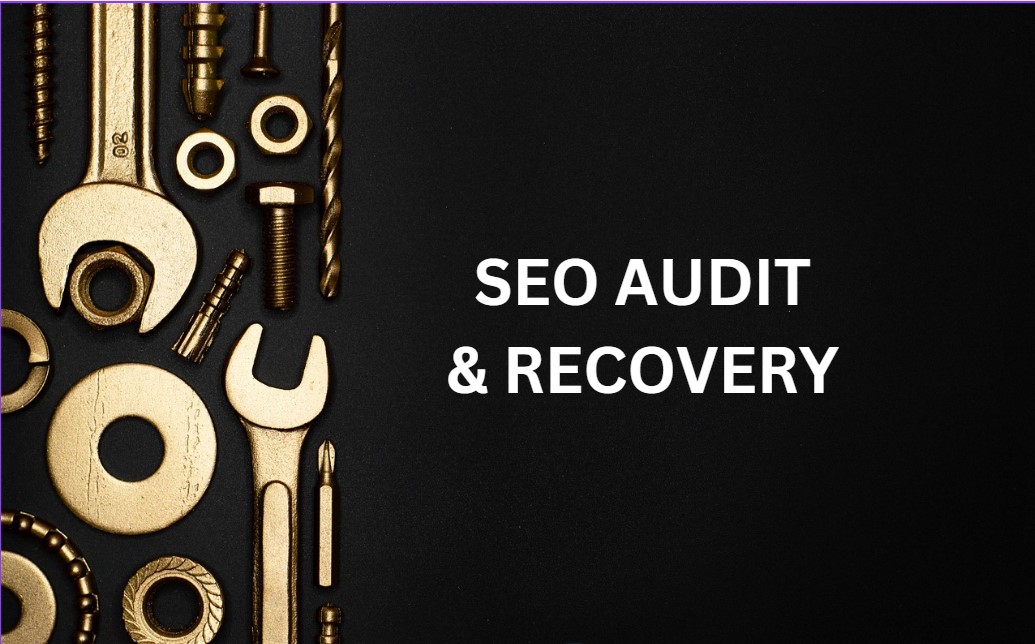Being flagged by Google can be a stressful and challenging experience for website owners and SEO professionals.
We’ll provide step-by-step guidance on assessing the impact of the flagging, identifying potential issues, and implementing strategies to recover your search visibility and rankings.
Understanding Google Penalties
Google penalties are actions taken by the search engine to address websites that violate its guidelines. These penalties can be algorithmic or manual. Algorithmic penalties are automatically triggered by changes in Google’s algorithms, while manual penalties are imposed by human reviewers who determine that a website is engaging in practices that violate Google’s guidelines.
Understanding the type of penalty your site has incurred is crucial for developing an effective recovery strategy.
Assessing the Impact of the Flagging
The first step in the recovery process is to assess the impact of the flagging on your website’s search rankings and organic traffic.
Analyze your website’s performance metrics, including search visibility, organic keyword rankings, and organic traffic levels. Identify the specific areas that have been most affected and compare them to pre-flagging data. This analysis will provide insights into the severity of the penalty and guide your recovery efforts.
Identifying Potential Issues
To recover from a Google penalty, it’s essential to identify and address the underlying issues that led to the flagging. Conduct a comprehensive SEO audit to uncover any potential violations of Google’s guidelines. This includes assessing your website’s on-page optimization, backlink profile, technical aspects, user experience, and content quality.
Use tools like Google Search Console, Google Analytics/GA4, and third-party SEO auditing tools to gather data and identify areas that require improvement.
Implementing Recovery Strategies
Once you’ve identified the issues causing the flagging, it’s time to implement recovery strategies. This may involve removing or disavowing low-quality or spammy backlinks, improving on-page optimization, fixing technical SEO issues, enhancing user experience, and optimizing content quality
. Each issue should be addressed systematically, ensuring that you comply with Google’s guidelines and best practices.
Requesting Reconsideration
If your website has received a manual penalty, it’s important to request reconsideration from Google once you have addressed the identified issues. This involves submitting a detailed reconsideration request explaining the actions you’ve taken to rectify the problems and ensure compliance with Google’s guidelines.
Be transparent, provide supporting evidence, and demonstrate your commitment to maintaining a high-quality website. Google will review your request and determine whether to lift the penalty.
Maintaining SEO Compliance
Recovering from a Google penalty is not the end of the journey. It’s crucial to maintain ongoing SEO compliance to prevent future flagging. Regularly monitor your website’s performance, stay updated on Google’s guidelines and algorithmic changes, and continue implementing best practices for on-page optimization, link building, technical SEO, and content quality. A proactive approach to SEO compliance will help safeguard your website’s search visibility and organic traffic in the long term.
Recovery
Recovering from a Google penalty requires a systematic and diligent approach.While the process may take time and effort, the rewards of restoring your organic traffic and establishing a compliant website are well worth it.

